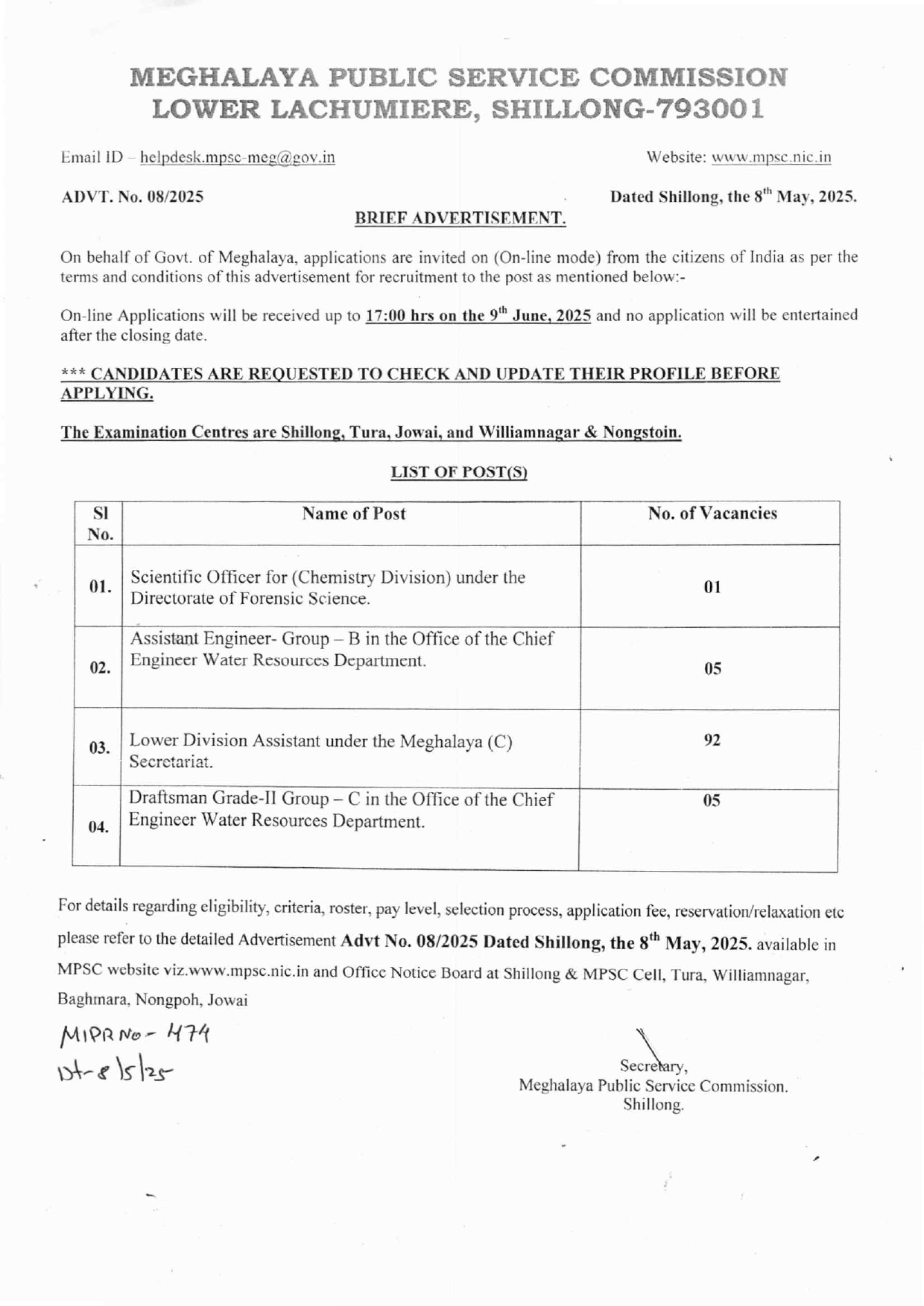
The book “MEI: Matrilineal Exogamous Institution” by Raphael Warjri, which delves into the intricacies of Khasi matrilineal culture, was formally released by Mr. Prestone Tynsong, the Deputy Chief Minister of Meghalaya. The ceremony took place in the esteemed company of several distinguished guests, including Mr. Pyniaid Sing Syiem, Chief Executive Member of the Khasi Hills Autonomous District Council, and Mr. Promod Boro, Chief Executive Member of the Bodoland Territorial Council. Other notable attendees included Mr. Pradyot Manikya Debbarma, Chairman of the Arc, Tripura TAADC; Mr. Puma Chandra Jamatia, Chief Executive Member of the TTAADC; Mr. M Laikaw, Chief Executive Member of the Mara Autonomous District Council; Mr. Tuliram Ronghang, Chief Executive Member of the Karbi Anglong Autonomous District Council; Mr. C. Lalmuanthanga, Chief Executive Member of the Lai Autonomous District Council; Rasik Mohan Chakma, Chief Executive Member of the Chakma Autonomous District Council; Mr. Thombor Shiwat, Chief Executive Member of the Jaintia Hills Autonomous District Council; and Mr. Albinus Marak, Chief Executive Member of the Garo Hills Autonomous District Council.
The event also featured Lamphrang Blah, Chairman of the Khasi Hills Autonomous District Council, Mr. Pynshngaiñlang Syiem, Deputy Chief Executive Member of the Khasi Hills Autonomous District Council, and Mr. Charles Marngar, Deputy Chairman of the Khasi Hills Autonomous District Council. Additionally, Mr. Totosstar Well Chyne, Leader of the Opposition in the KHADC, and other officials from various district councils of Northeast India were present.
The book, published by Riti Academy in collaboration with the Indian National Trust for Arts and Cultural Heritage (Meghalaya Chapter), presents extensive research on Khasi matrilineal culture. It offers thought-provoking concepts and diverse perspectives on contemporary social change. Notably, the book integrates biological science through the study of mitochondrial DNA and includes an extensive list of Khasi clans, including new and emerging ones. The release of the book was part of a significant event that also marked the unveiling of a full-length statue of Rev. J. J. M. Nichols Roy, a key member of the Constituent Assembly and widely recognized as the architect of the Sixth Schedule of the Indian Constitution. The statue, sculpted by artists from Riti Academy, was erected at the Lariti International Cultural and Performing Arts Centre, further commemorating Roy’s contributions to the region.

